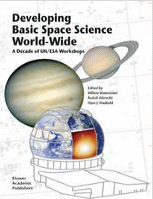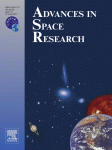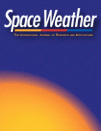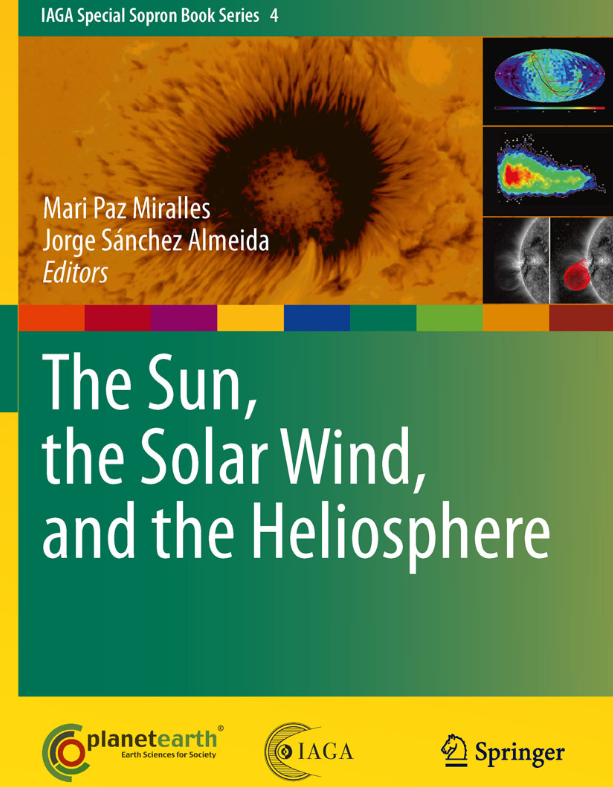
The UN/ESA Workshops on Basic Space Science in the Developing Countries
H. J. Haubold, W. Wamsteker
Chapter In book: Developing Basic Space Science World-Wide, pp.3-8
The origin and evolution of the UN/ESA Workshops on Basic Space Science (BSS) is discussed. We highlight here the motivation and results in global terms. The various new insights in the role of BSS in a sustainable development are indicated.

Understanding space weather to shield society:
A global road map for 2015–2025 commissioned by COSPAR and ILWS
Carolus J. Schrijver, Kirsti Kauristie, , Alan D. Aylward, Clezio M. Denardini, Sarah E. Gibson, Alexi Glover, Nat Gopalswamy, Manuel Grande, Mike Hapgood, Daniel Heynderickx, Norbert Jakowski, Vladimir V. Kalegaev, Giovanni Lapenta, Jon A. Linker, Siqing Liu, Cristina H. Mandrini, Ian R. Mann, Tsutomu Nagatsuma, Dibyendu Nandy, Takahiro Obara, T. Paul O’Brien, Terrance Onsager, Hermann J. Opgenoorth, Michael Terkildsen, Cesar E. Valladares, Nicole Vilmer
Published:Advances in Space Research,Vol.55, Iss.12, pp.2745–2807, 15 June 2015,

The International Space Weather Initiative (ISWI)
Madhulika Guhathakurta, Joseph M. Davila, and Nat Gopalswamy
Published: Space Weather,Vol.11, Iss.6, pp. 327–329, June 2013
First Magdas Equipment In Ecuador
Ericson López, George Maeda, Klever Vicente, K. Yumoto,
N. Vasquez, H. Matsushita, A. Shishime, C. Vásconez
 1310.0886 Published: Thu, 3 Oct 2013
1310.0886 Published: Thu, 3 Oct 2013Establishment of
the new Ecuadorian solar physics phenomena division
Ericson D. Lopez
 1310.0885 Published: Thu, 3 Oct 2013
1310.0885 Published: Thu, 3 Oct 2013Heliosheath:
Diffusion Entropy Analysis and Nonextensivity q-Triplet
A. Haubold, H.J. Haubold, and D. Kumar
 1202.3417v1 Published: Wed, 15 Feb 2012
1202.3417v1 Published: Wed, 15 Feb 2012United Nations Basic Space Science Initiative:
2011 Status Report on the
International Space Weather Initiative
S. Gadimova, H.J. Haubold, D. Danov, K. Georgieva, G. Maeda, K. Yumoto,
J.M. Davila, N. Gopalswami
 1108.2247 Published: Wed, 10 Aug 2011
1108.2247 Published: Wed, 10 Aug 2011

Solar Activity in 1992-2003
Solar Cycle 23 Observed by Flare Monitoring Telescope
Kazunari Shibata, Reizaburo Kitai , Miwako Katoda et al.
ISBN: 9784876989874
language: Japanese and English
Table of contents (click here)
 | A/AC.105/979 |
| Distr.: General 28 December 2010 Original: Arabic/English/Russian/Spanish |
Reports on National and Regional Activities Related to ISWI
The present document contains reports received from Austria, Canada, Germany, Iraq, Japan, Slovakia and Spain, as well as from the Committee on Space Research (COSPAR), the International Astronomical Union (IAU), the Planetary Society and the World Meteorological Organization (WMO).
Universal Heliophysical Processes
Nat Gopalswamy
in
"The Sun, the Solar Wind, and the Heliosphere"
Edited by Mari Paz Miralles and Jorge Sánchez Almeida
 "IAGA Special Sopron Book Series" Volume 4, 2011
"IAGA Special Sopron Book Series" Volume 4, 2011

This is a book that just got published and is relevant to ISWI. Dr Nat Gopalswamy (NASA, Goddard Space Flight Center) has a chapter in this book. This chapter summarizes the IHY session that was held in Sopron, Hungary, in 2009.
Here is the link for the book: DOI: 10.1007/978-90-481-9787-3
The copy of this chapter can be found here.
Sent: Fri Aug 06 03:57:13 2010
| Dear Springer Authors, |  | |||
Congratulations! Your book Putting the "I" in IHY has just been published. We would like to extend our best wishes for the success of this new publication and hope you enjoyed working with us. | ||||
| Did you know your book is available in print & electronic format? | ||||
To cite your eBook, please use the following link, which represents its unique electronic identifier: DOI: 10.1007/978-3-211-99180-0.
Your publication is a very valuable addition to Springer's book program.
| Best wishes, Your Springer Marketing Team springer.com/authors |
